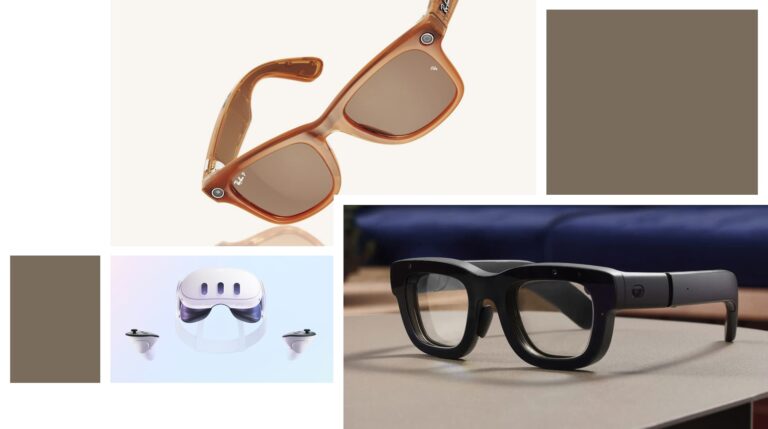
LOS ANGELES, February 5, 2025: ARtillery Intelligence has released a new report that projects XR revenue to grow from $21.4 billion in 2022 to $41.8 billion in 2028, a 14.3 percent compound annual growth rate. Entitled XR Global Revenue Forecast, 2023-2028, the report examines XR revenue totals and subdivisions – including mobile AR, headworn AR, and VR.
Among these categories, VR leads ($11.02 billion in 2023), followed by mobile AR ($8.53 billion) and headworn AR ($1.86 billion). These revenue totals include hardware (e.g., headsets) and software (e.g., apps, experiences). XR revenue can also be segmented by enterprise ($16.15 billion in 2023) and consumer spending ($5.26 billion in 2023). The former’s lead is driven by XR experiences that boost productivity through line-of-sight guidance or immersive training. Consumer XR is meanwhile driven by gaming-oriented VR and, increasingly, low-immersion smart glasses.
As for unit sales, all categories of XR headsets are collectively projected to grow from 6.84 million in 2023 to 11.66 million in 2028. That correlates to an installed base of 44.41 million units in market by 2028. This growth curve is notably boosted by an inflection in 2024, due to the first full year of market availability for Ray-Ban Meta Smartglasses, Meta Quest 3, and Apple Vision Pro.
“Though Vision Pro’s first-year sales were disappointing to XR proponents, Apple is playing a long game in AR, and is first to admit that the device isn’t a mass-market play in its current form,” said Mike Boland, Chief Analyst of ARtillery Intelligence. “And though Vision Pro sales are low in Apple terms, they were enough to inflect the early-stage and low-scale headworn AR market in 2024.”
As for segments with the most long-term potential, consumer AR could accelerate as it evolves from handheld to headworn. That will take years due to technological and cultural hurdles, but could be accelerated by a few factors in today’s XR market. For example, non-display smart glasses, such as Meta Ray Ban Smartglasses (RBMS), are built around AI-fueled information delivery as opposed to visuals. This gives them greater technological and stylistic viability – both prerequisites for consumer markets. RBMS’ commercial success validates this approach while demonstrating AR’s continued convergence with AI.
“Smart glasses are getting smarter, which represents a key evolutionary step toward all-day AR glasses that deliver both stylistic viability and graphical richness,” said Boland. “That combination isn’t possible today so the former will come first while we evolve towards the latter. Meanwhile, the inverse path is seen in VR devices like Quest 3 that offer passthrough AR. Both approaches have strategic merit and will evolve along parallel paths while addressing use cases where they respectively shine.”

Report Availability
XR Global Revenue Forecast, 2023-2028 is available to ARtillery PRO subscribers, and more can be previewed here. This report follows ARtillery Intelligence’s separate examination of mobile AR, headworn AR, and VR revenue.
About ARtillery Intelligence
ARtillery Intelligence chronicles the evolution of spatial computing. Through writings and multimedia, it provides deep and analytical views into the industry’s biggest players, opportunities, and strategies. Products include the AR Insider publication and the ARtillery PRO research subscription, which together engender a circular flow of knowledge. Research includes monthly narrative reports, market-sizing forecasts, original consumer survey data, and multimedia – all housed in a robust intelligence vault. Learn more here.

© 2025. ARtillery Intelligence. All rights reserved.
